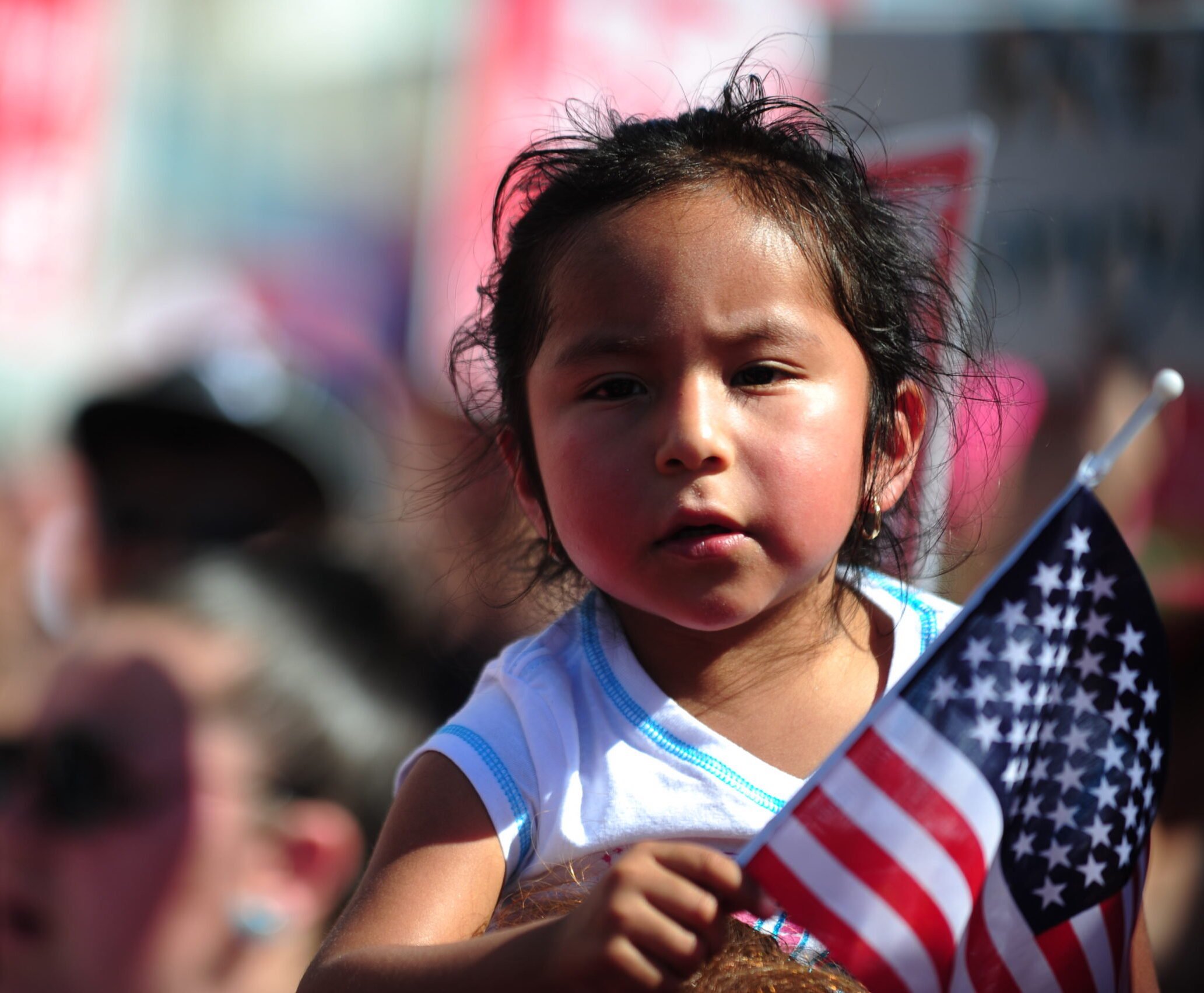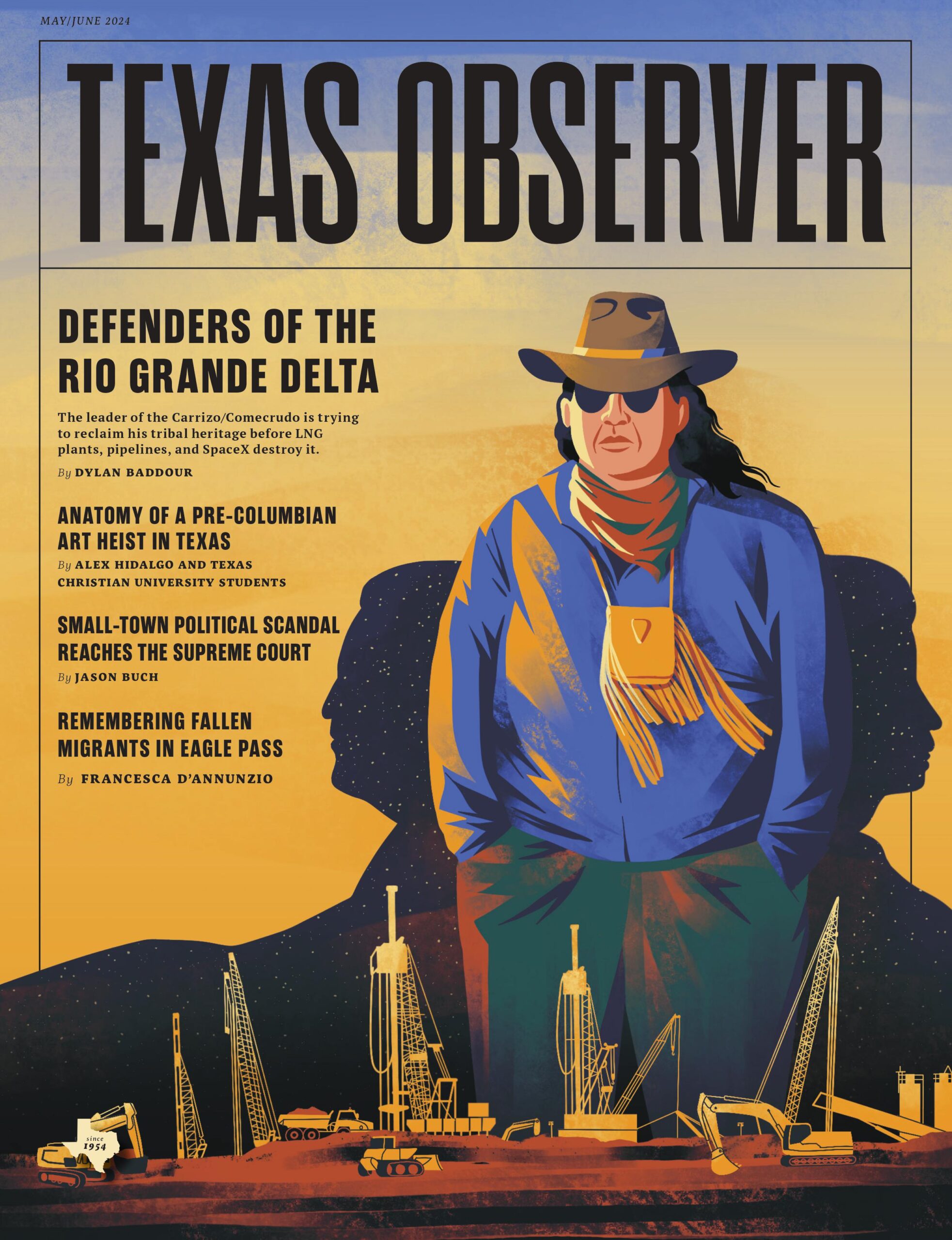ustxtxb_obs_1990_12_07_50_00021-00000_000.pdf
Page 21
Paradise Lost BY STEVEN G. KELLMAN DANCES WITH WOLVES Directed by Kevin Costner MISERY Directed by Rob Reiner I’VE ALWAYS wanted to see the frontier,” says Lieutenant John J. Dunbar, explaining why, as reward for his hero ism in a skirmish against Confederate troops in Tennessee, he has asked for assignment to the furthermost post of the Kansas prairie. “Before it’s gone.” Part of the appeal of. Dances with Wolves, released during the centennial of the closing of the North American frontier, is its evocation of a vanished age when the landscape and the peoples of the rugged West had not yet been subdued. The film is also a studied salute to the beleaguered myth of the West as the locus of opportunity and egality. They do not make historians like Frederick Jackson Turner author of the influential thesis that the tonic ideal of the frontier accounts for the distinctive character of American democracy anymore. And Kevin Costner, as director, star, and co-producer of Dances with Wolves, also seems eager to renew the rich but fading culture of classic Western movies, before it’s gone. “This country is everything I dreamed it to be,” writes Dunbar in the diary he keeps of his Western adventures. “There can be no place like this on earth.” We ought to beware of our dreams, but we are inclined to agree, though the majestic vista that fills the screen is more propinquitous to the South Dakota badlands than the neighborhood of Fort Hayes, Kansas. It is difficult to find a corner of this continent not yet branded with freeways, antennas, and burger stands, so we bask in any semblance of frontier. Dunbar becomes the solitary occupant of a cluster of shacks called Fort Sedgewick, but he soon has visitors, a local band of Lakota Sioux. They are curious more than hostile, and they slowly befriend the white soldier, adopting him into the tribe. Dances with Wolves, which was written by Michael Blake, is a story of communication between man and wolf, man and woman, and white man and Indian. It derives its title from the name the Sioux give Dunbar to commemorate his friendship with the wolf who, aside from a horse named Cisco, is his Steven Kellman is a professor of comparative literature at the University of Texas at San Antonio. only companion at Fort Sedgewick. Dunbar’s initial contacts with the tribe are awkward and ineffective, but, through a process more akin to a game of charades than Lakota 101, he gradually learns their language and earns their trust. He also somehow finds himself. “As I heard my Sioux name being repeated over and over,” says Dances With Wolves of the campfire celebration after victory over the Pawnees, “I knew for the first time who I really was.” Language is crucial to Dunbar’s progress, and, to Costner’ s credit, much of the dialogue is uttered in Lalcota Sioux, with Eng lish subtitles. Conventional Hollywood wisdom is that American audiences do not want to have to read, but, if Dances with Wolves succeeds commercially, it might mean that the shopping mall multiplex has become the last redoubt for the vanishing art of reading. The alternatives would have been to reduce the movie’s Indians to inarticulate morons mouthing “How!” and “Ug!” or have them speak in ludicrously fluent English. Rejecting the ethnophobic simplicities of dimenovel and nickelodeon Injuns, Dances with Wolves is scrupulously attentive to Lakota language, costumes, and customs. Most of the Native American roles notably holy petuous brave Wind In His Hair \(Rodney A. Floyd actual tribal people, and others were given significant responsibilities within the crew behind the camera. With its rejection of Eurocentric images of the West and its assertive, lusty women, including Stands With A Fist \(Mary McDonby Sioux, and her adopted mother Black Dances with Wolves is designed to be politically correct. For all its refreshing immersion in the Lakota language, though, the film is sloppy in its English. One subtitle prints the solecism “alright”, and I wonder whether, in the middle of the 19th century, when the noun had only begun to be applied to a person, when Andy Warhol and People magazine had not yet been born, an obscure frontier soldier would boast of being toasted in a teepee by declaring: “I have become a celebrity!” Even as a corrective to a history of massacring savages, on high plains and theater screens, Kostner’s caricature of Anglocentric culture is shoddy. Dances with Wolves is a sentimental work, and it is hardly an aesthetic extenuation to say that its sentiments are noble. Even the road to Wounded Knee was paved with good intentions. With virtually the sole exception of Dunbar, who abandons a heritage about which we learn almost nothing, the whites who despoil Kostner’s frontier are sadists, miscreants, or slobs. The pages of Dunbar’s precious diary are appropriated as toilet paper by a ‘couple of illiterate yahoos. An ornery, flatulent wagon driver is assigned to deliver Dunbar to Fort Sedgewick by an uncouth officer who shoots his own brains out just as they begin their journey. “They don’t ride well, they don’t shoot well, they’re dirty,” concludes Wind In His Hair in his case against the white man \(there are no black or brown agree. But they are the victors, and to them goes the privilege of spoiling Eden, of raping what cultural historian Henry Nash Smith titled Virgin Land. The Lakota people, by contrast, are generous, playful, loving, and wise. Unlike the contentious whites, who are destroying one another in a bloody Civil War and ravaging the environment, the Sioux live in harmony with one another and their surroundings. One of the film’s most pitiful moments occurs when, in quest of buffalo, Dances With Wolves and his new friends come upon a field of scattered carcasses. Only white hunters, he .realizes, would have murdered these magnificent creatures merely for sport. Later, in the most stunning of the movie’s action sequences, they ride through a vast and vibrant herd. Though it makes no difference to the extraordinary creatures why they are slaughtered, we are meant to admire this latest carnage because it was done for food. A slow-motion flashback explains how Stands With a Fist, ne Christie, came to be the squaw who serves as Dunbar’s translator and then his wife. We witness the brutal massacre of her parents by a band of Pawnees, the same tribe that later attempts to exterminate the Lakota who have become her, family. As solicitous as it is of the Sioux perspective, Dances with Wolves demonizes the Pawnees, rendering them as savage as the white men for whom some serve as scouts. Evidently, no Pawnee was hired as consultant to the production. By 1990, a century after the fencing of the range and almost as long since The Great Train Robbery inaugurated narrative film, Westerns are almost as rare as the frontier. By 1980, when Michael Cimino released his equally ambitious obsession Heaven’s Gate, the genre seemed to have become as depleted as an overgrazed prairie. Revisionist Westerns, works like Little Big Man, Tell Them Willie Boy Is Here, Cheyenne Autumn, and The Scalphunters, that reverse the libel against Lakota and other tribal peoples, leave even THE TEXAS OBSERVER 21 -41.1trk. 7,1


